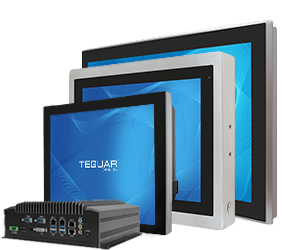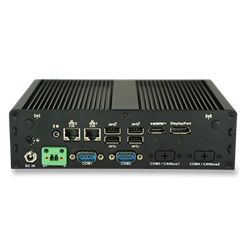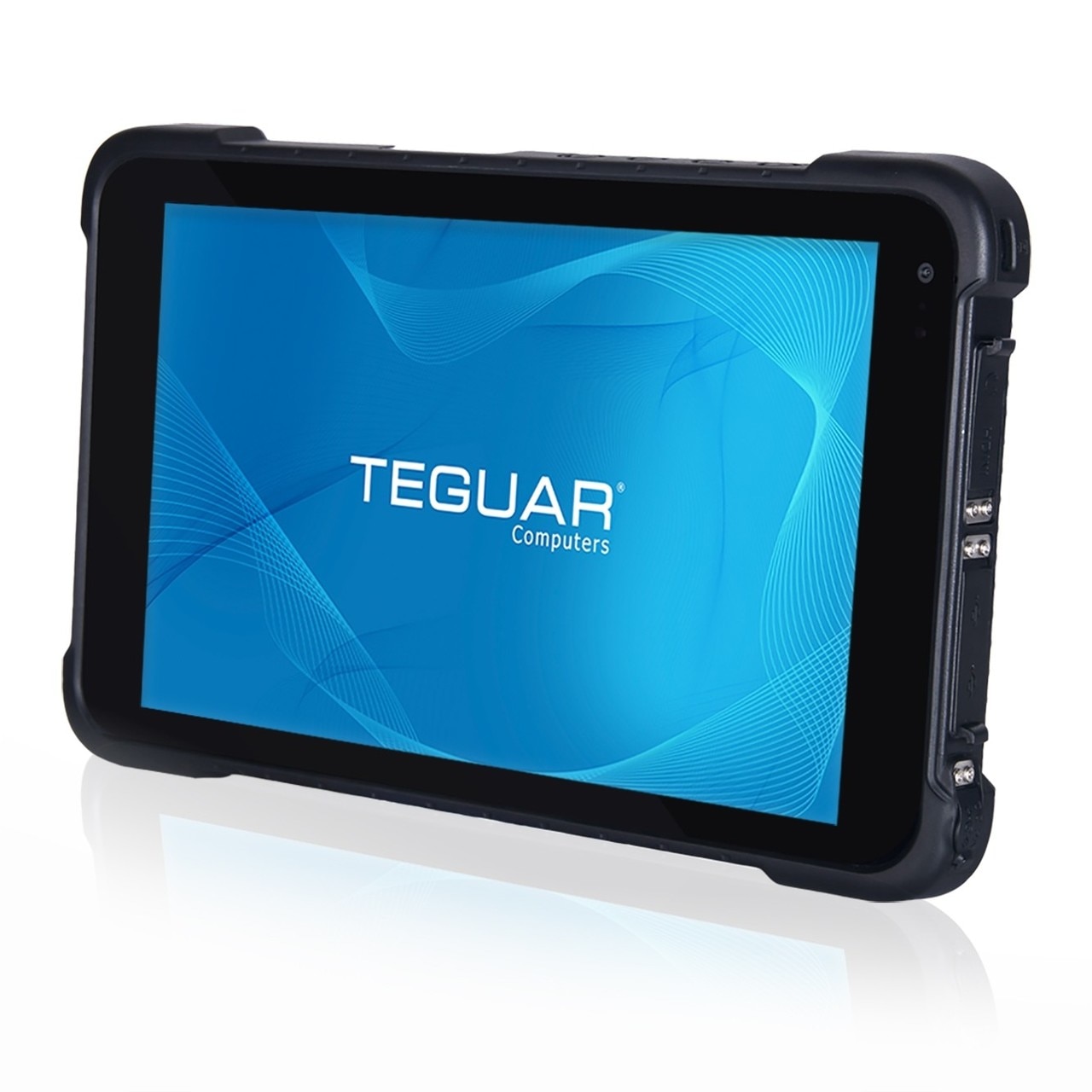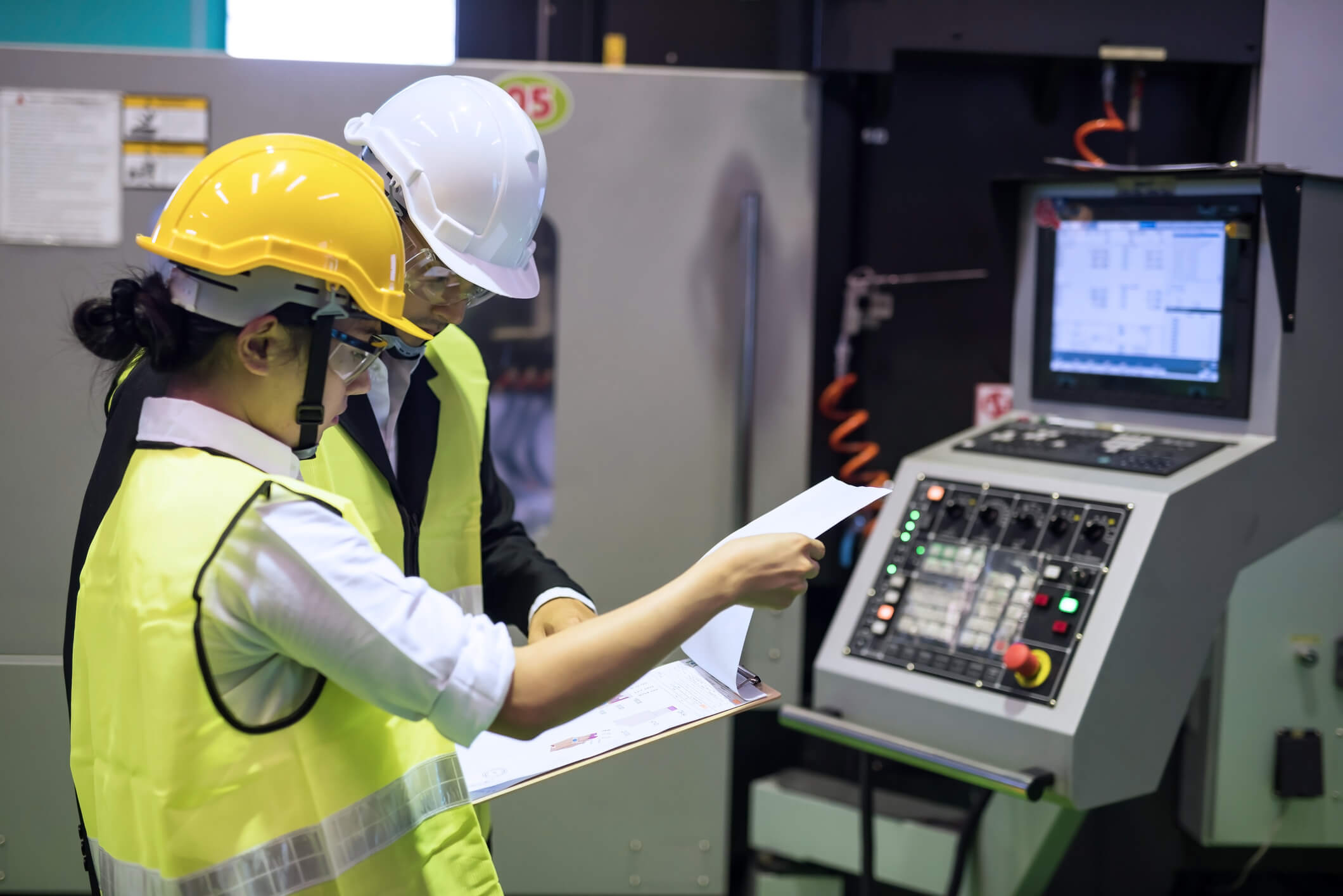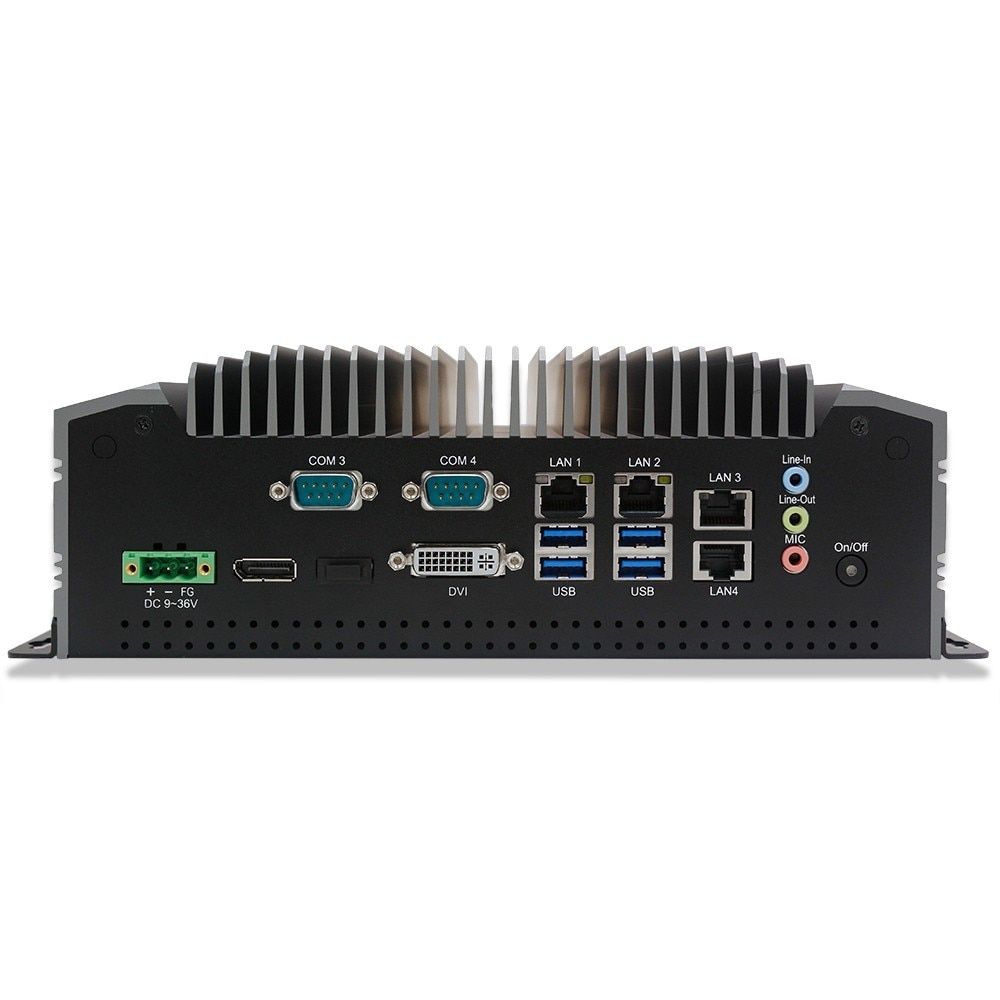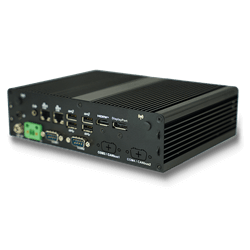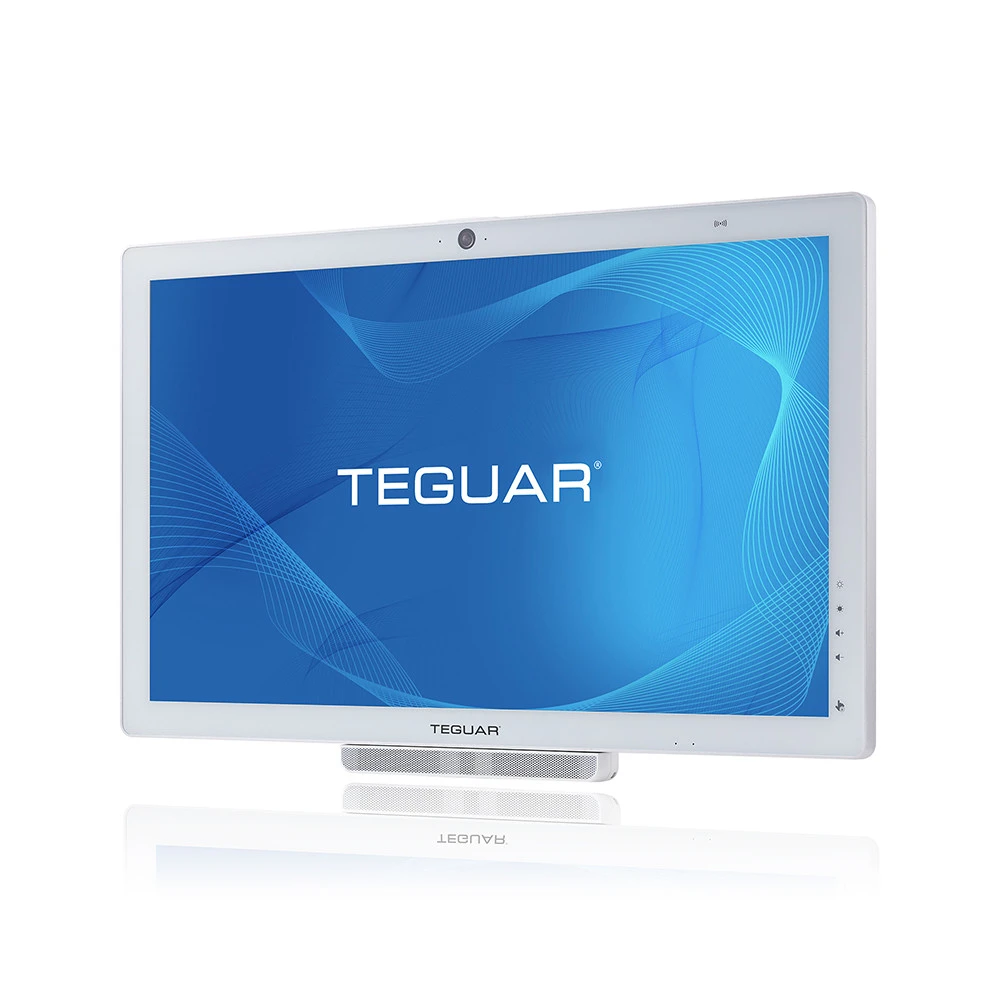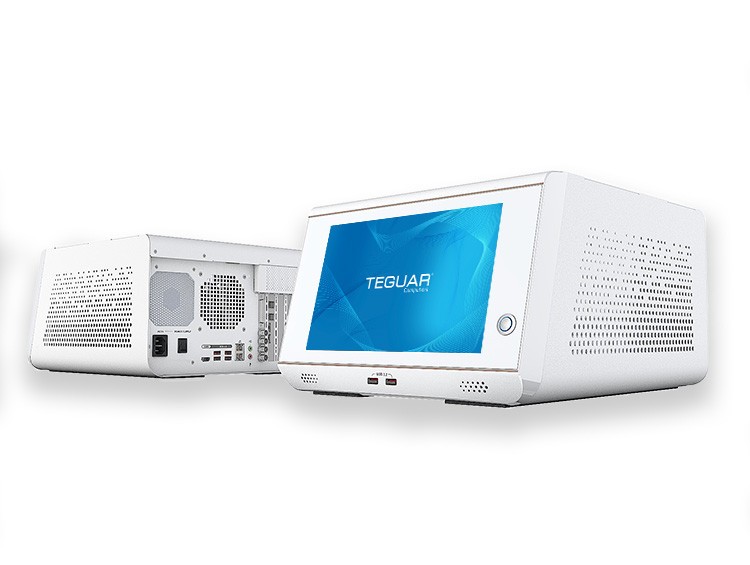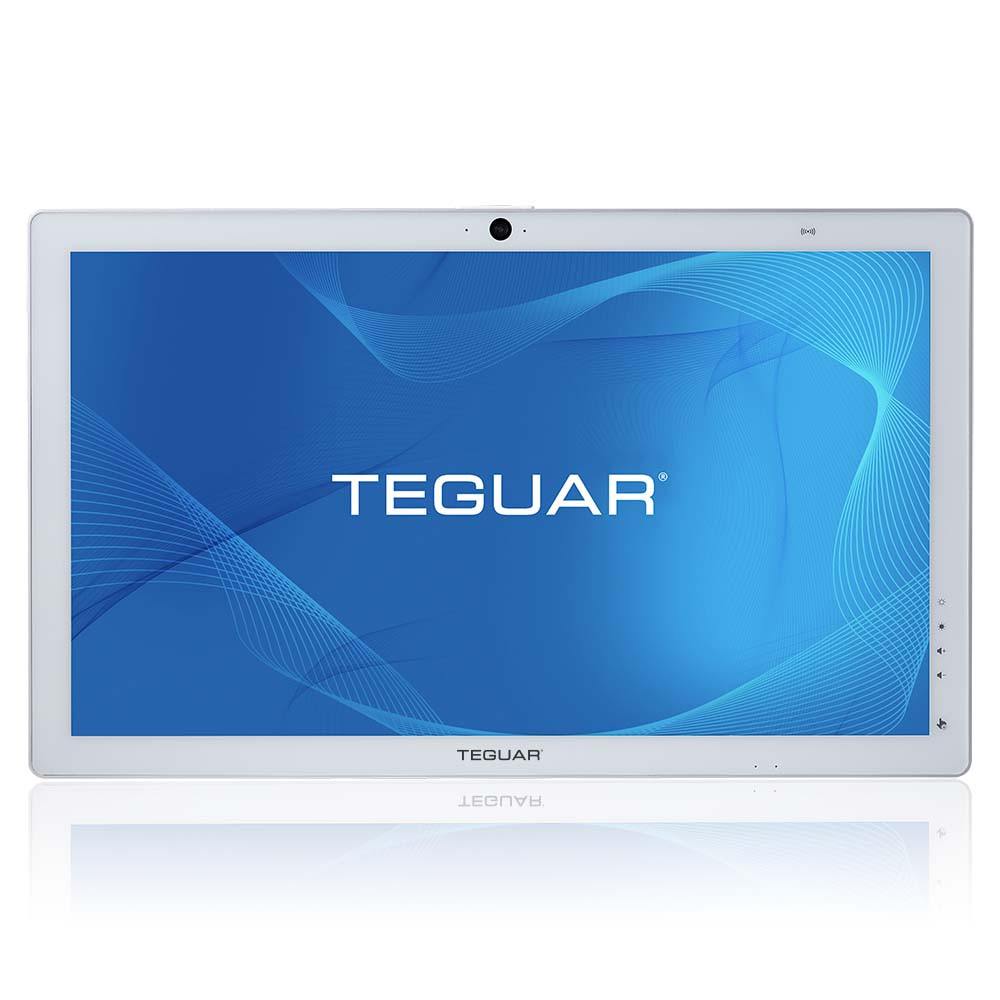What is Power over Ethernet?
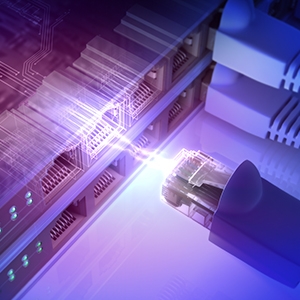 This article was updated for accuracy and advancements on March 27, 2025.
This article was updated for accuracy and advancements on March 27, 2025.
Power over Ethernet (PoE) is when an Ethernet cable is used for two purposes: a network connection and a power source.
Most electronic devices require a DC power cable plugged into a wall. In the case of devices connected to a network, they require an Ethernet cable for the network connection as well. PoE allows the user to supply both network connection and electrical power to the device with the Ethernet cable alone.
Devices that utilize PoE include computers, VoIP phones, cameras, kiosks, digital signage, industrial controls, network routers, and other IoT devices. PoE is often used on manufacturing and assembly lines, where dozens of devices are used to monitor and record data, and in building automation or security systems where cameras and other devices must be connected to the system from a great distance.
What are the advantages of Power over Ethernet?
Convenience
With Power over Ethernet, you no longer need to run two cables to each device. Fewer cables makes for a cleaner, simpler system. You also do not need a power outlet near each device nor to pay costs associated with installing power. An IT professional can install PoE devices into an existing Ethernet network or run new wiring, but you may need a licensed electrician to install non-PoE devices, if they require new power cables and sockets in the area. This overall makes for a safer facility by minimizing open points of connection, especially in industrial settings with dust and/or moisture in the air.
Remote and Secure Power
Another advantage of PoE is that it can be connected to an uninterruptible power supply (UPS) in a remote server rack. If your data collection process is mission-critical, then it is crucial that your devices have a constant supply of power, even through an interruption in regular electrical service. This is easier and more cost effective with a PoE infrastructure. Instead of needing to put a physical UPS at each terminal location, you can instead use a single, larger UPS to power the PoE switch. As long as the power sourcing equipment (in most cases, a PoE switch with 4-24 devices attached) is powered, then all of the remote PoE devices will remain powered as well.
How does Power over Ethernet work?
Ethernet cables consist of eight wires that are grouped into four pairs. Usually, only two of the four pairs are used to carry data and the other two pairs are unused.
Electricity can flow over either of the two pairs, but most often it flows over the same two pairs that are used for Ethernet, while the other two pairs remain unused (Fig. A). This is because both the power current and high frequency data signal can be carried over the same wires without sacrificing performance.
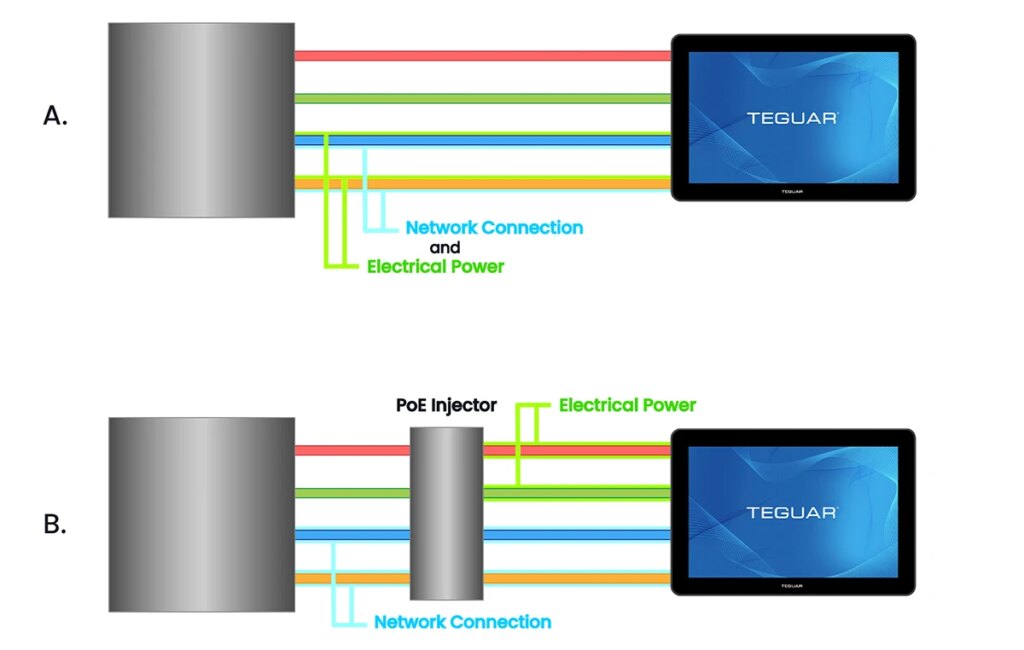
However, sometimes when a non-PoE network is updated to PoE, all four pairs of wires are used. In this case, power is injected into the two unused pairs, while the other two pairs keep on carrying an Ethernet connection. Power is injected into the cable via a PoE injector, also called a midspan (Fig. B). PoE injectors range from low cost, single port connectors, to large, elaborate systems consisting of hundreds of ports. Midspan PoE injectors are perfect for adding a few PoE devices to an already installed network infrastructure. If you know you need multiple PoE devices from the beginning, we recommend to install PoE switches instead.
In high power implementation of POE (over 30W delivered), such as the 802.3bt Type 3 standard, all 4 pairs of wires are used to deliver power. As the popularity of POE has increased, power demands have also increased, and the standards have been updated to provide for higher-powered POE devices. By leveraging all available pairs, 802.3bt reduces power loss over the cable, improves efficiency, and enables more power-hungry devices to operate over a single Ethernet connection.
What is 802.3?
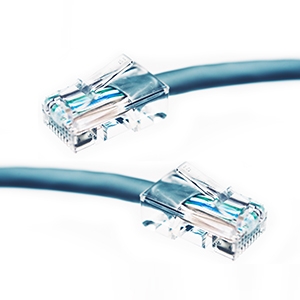 802.3 is the standard for Ethernet set by IEEE (Institute of Electrical and Electronics Engineers). Also referred to as IEEE 802.3, the standard applies to the physical layer for Ethernet cabling. This includes the type of wire, signal levels, and bandwidth. The most recent major revision to the standard was in 2019, when it was updated to include power via all 4 pairs of wires, as is necessary in gigabit Ethernet. According to IEEE, “These enhancements solve the problem of higher power and more efficient standardized Power over Ethernet (PoE) delivery systems.”
802.3 is the standard for Ethernet set by IEEE (Institute of Electrical and Electronics Engineers). Also referred to as IEEE 802.3, the standard applies to the physical layer for Ethernet cabling. This includes the type of wire, signal levels, and bandwidth. The most recent major revision to the standard was in 2019, when it was updated to include power via all 4 pairs of wires, as is necessary in gigabit Ethernet. According to IEEE, “These enhancements solve the problem of higher power and more efficient standardized Power over Ethernet (PoE) delivery systems.”
What is PoE+, PoE++, AF, AT, and BT?
When PoE was first created, it could only be used for devices with fairly low power consumption. PoE (also called IEEE 802.3af) can supply a device with up to 15.4W of power. PoE+ (IEEE 802.3at), created in 2009, can supply a device with up to 25.5W of power. In 2019, it was upgraded even further to what is called Ultra PoE or PoE++ (IEEE 802.3bt). PoE++ can supply devices with 51W (called Type 3) or 71W (Type 4) of power and it uses all four pairs of wires in the Ethernet cable.
A low power consumption computer with no screen may need less than 15W, while high powered consumer computers can require more than 250W. Teguar provides power efficient industrial computers that fall into the middle power consumption category (802.3at), such as the TS-4845-10, as well as high performance units that require the latest 802.3bt equipment such as the TP-5645-15. The equipment needed for a PoE+ environment is common and value priced, due to it being the standard for the last 10 years. If you are looking to have large screen sizes or blazing fast computer speeds, then venturing into the relatively new Ultra PoE world is the right choice for you. Other high power consumption devices that the Ultra PoE standard allows include heaters, LED lighting, biomedical equipment, and stronger wireless access points.
Teguar Computers with PoE Functionality
What is next for Power over Ethernet?
PoE has made great advances over the last few years. Expect it to continue to advance alongside the rest of the quickly evolving tech landscape. Higher wattage support will allow for new applications with high-powered devices.
You can also expect more stringent labeling requirements for PoE devices in 2020. A revision proposed to NFPA (National Fire Protection Association) NEC (National Electric Code) states that “there is concern about how PoE systems will be inspected to comply with the NEC. A consistent label format will greatly ease the inspector burden, making it easy to confirm an install complies with” regulations.
Browse Teguar’s PoE Computers above, or contact us below to discuss your project and request a free demo.
Works Cited
802.3bt-2018 – IEEE Standard for Ethernet Amendment 2: Physical Layer and Management Parameters for Power over Ethernet over 4 Pairs – IEEE Standard, IEEE, 31 Jan. 2019, ieeexplore.ieee.org/document/8632920.
Mesnik, Bob. How Power Over Ethernet Works. Kintronics, Inc., 17 May 2016, kintronics.com/how-power-over-ethernet-works/.
NFPA 70®-Proposed 2020 Edition TIA, Log No.: 1444, Reference: 725.121(C). Chad Jones, 27 June 2019, www.nfpa.org/assets/files/AboutTheCodes/70/Proposed_TIA_1444_NFPA_70.pdf.
PoE Explained. Veracity, 11 Dec. 2008, www.veracityglobal.com/media/27197/vwp-002-poe-explained.pdf.
“Power over Ethernet (PoE): Everything You Need to Know.” Intellinet Network Solutions, intellinetnetwork.eu/glossary/power-over-ethernet/.
“Power Over Ethernet: What Is ‘PoE’? – Everything You Need to Know.” Versa Technology, 2019, www.versatek.com/what-is-power-over-ethernet/.

